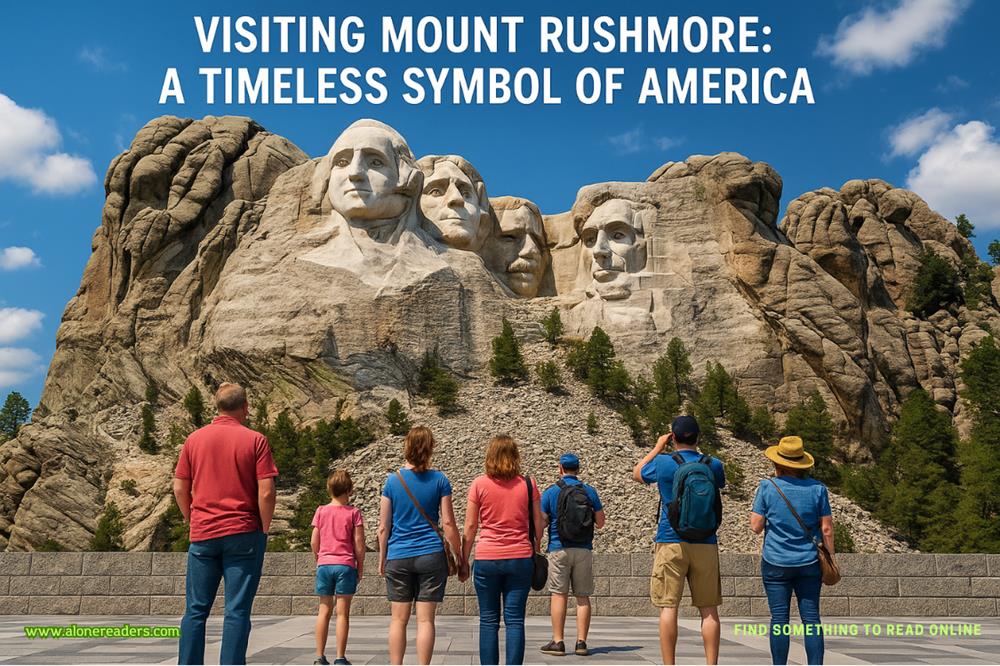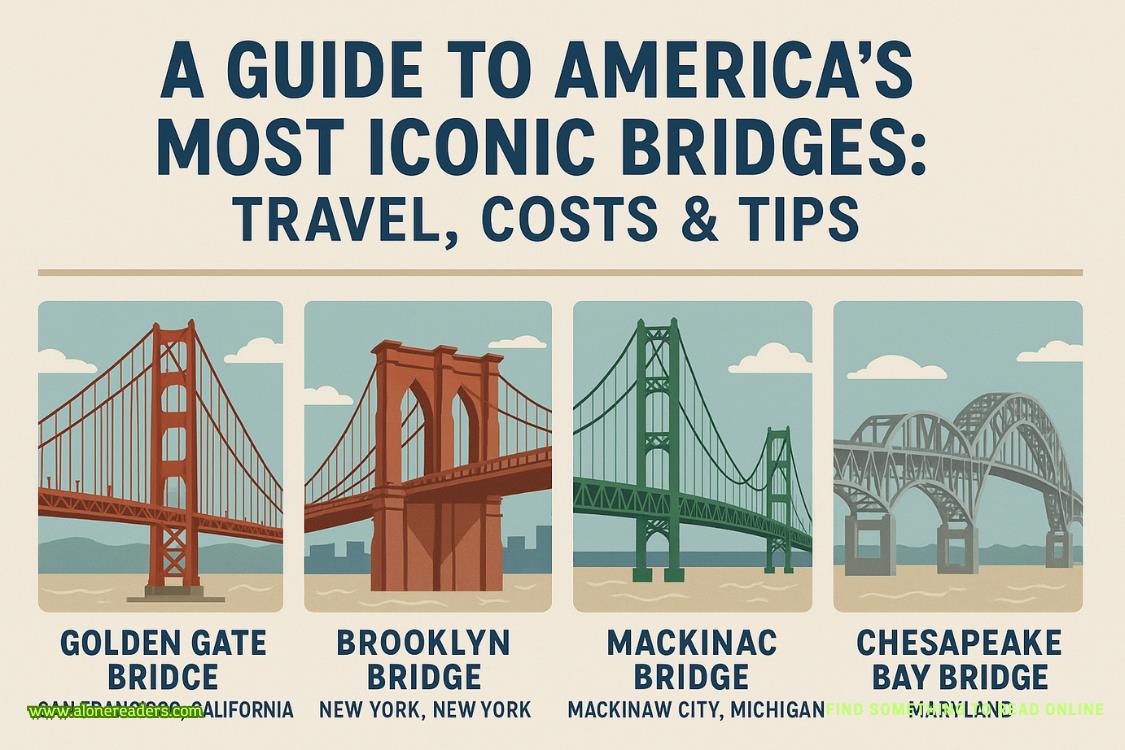Page 104 of The Cabinet of Dr. Leng
Now, smiling at his own cleverness, he crossed the street and entered the pawnshop. Ten minutes later he was back outside again, with a hundred and twenty dollars in period-accurate gold certificates in his pocket, along with a used hat and cape to help him blend into the crowd.
The rest of his short journey was uneventful.
The New York Federal Bank of Commerce was a hulking structure on Twenty-Sixth Street and Fifth Avenue, with a formidable colonnaded façade of Corinthian marble. Ferenc stopped for a moment across the street, readying himself, as he watched people—mostly men—come and go from the bank. Many were dressed in heavy coats of what looked like beaver or buffalo or something, and all wore hats. As did he.
You’ve got this. Get in there, make the transaction, and get your ass back to that portal.
Squaring his shoulders, he walked across the street, climbed the wide steps, and entered the building.
66
THE MAIN FLOOR OFthe bank was warm, thank God. It had a high, vaulted ceiling, decorated with frescoes, and the vast space rang with footsteps, coughs, and the echo of voices. To the left and right were low, rail-like dividers such as one found in a courtroom, behind which sat men working at desks. Beyond them were rows of offices with doors of frosted glass. The tellers—Ferenc supposed that’s what they were called, even in the 1880s—lay straight ahead of him, ensconced behind a huge brass partition. Uniformed guards armed with truncheons were everywhere.
He walked up to the nearby desk used to fill out slips. It had glass inkwells set into it, and its wooden surface was stained with splotches of blue-black ink. As the patrons around him greeted each other, wishing one another a happy Boxing Day, he took a sheet from the open glass drawer beneath and pretended to fill it out as he prepared himself.
Ferenc’s father had been a frosty, distant mathematician with little time or love for his children. He had left his wife when Ferenc was fifteen, shortly after which Ferenc himself departed his native Hungary, along with his mother and younger brother, for an aunt’s house in Reading, Pennsylvania. Although Ferenc had absorbed very little math from his father, he’d come away with a rather impressive knowledge of the man’s two hobbies: stamp and coin collecting. His father had talked—the only times when his voice sounded eager—about U.S. coins, in particular the three rarest: the 1794 “silver plug” dollar, the 1849 Coronet double eagle…and the Stella.
The Stella was a strange $4 gold piece created in hopes of furthering international trade, but the idea was abandoned before many coins had been struck. The two types of Stellas—one showing a profile of Lady Liberty with flowing tresses, the other with coiled hair—were made for only two years. Ferenc’s father had spoken reverentially about this unicorn of a coin, called the “superstar” because of the large five-pointed star on its reverse—but also because of the prices it commanded when it came up for auction.
Ferenc had retained this interest of his father’s, after a fashion, and had followed those auctions into adult life. The coin was so rare that it didn’t show up often. A coiled-hair, PF67-graded “Cameo”—so termed because the coin sported a deeply recessed field that showed off the facial features in fine detail—had sold in 2013 for $2,500,000.
Two and a halfmillion. And that was a decade ago. But the main reason Ferenc had taken his chance with the machine was because the only two years the Stella had been mintedwere 1879 and 1880. And his research had shown that the New York Federal Bank of Commerce habitually received the first, and largest, deliveries of new coinage coming from the Philadelphia mint. They were certain to have a sizable inventory of fresh, uncirculated Stellas, sharply mirrored and unblemished, with only the tiniest handling imperfections: sure to fetch a numismatic grade of PF68 or even higher. He had a hundred dollars to exchange for 25 of these coins.
He took a deep breath, surveyed the lines of waiting customers, and then—careful not to look nervous or stand out more than he could help—chose the shortest line and fell into it. There were only two people before him—and already the first of them was leaving.
He rehearsed in his mind what he was going to say. The transaction was an ordinary one, and it shouldn’t take more than five minutes. Then he’d leave the bank, return through the portal, give the unconscious Proctor a good kick in the nutsack…and disappear with a roll of perfect $4 gold pieces that he could sell, discreetly and at long intervals, for a hundred times the amount of money Pendergast had already paid him.
His luck was holding: the only man now in front of him was already concluding his business, and he’d gotten in line just in time—a number of people had come into the bank, and there was now someone behind him, an overweight woman in a ridiculous bonnet who, when they made eye contact, quickly looked away with a moue of distaste.
“Sir?” A voice was speaking, and Ferenc realized it was directed at him. He turned to see the teller—a birdlike man with a visor and dun-colored vest, sporting a ludicrous number of buttons—looking back at him through the opening in the brass portcullis.
“Yes,” Ferenc said. “Yes. Apologies.” He fumbled in his pocket and brought out the money the pawnbroker had given him, smoothing the gold certificates on the cool marble counter. “I’d like to exchange these for twenty-five four-dollar gold pieces. New ones, if you please.” Theonlyones, of course—there were no old ones. He could barely keep from rubbing his hands together in anticipation: specimens straight from the mint, with that lovely, straw-colored hue of gold still unsullied by greasy hands. He’d pick out only the most gemlike specimens, with high relief and maximum eye appeal, sharply struck with no visible imperfections: after all, the slightest spot or mark could mean the difference between a grading of PF68 and PF69…
He was roused from these thoughts by the teller, who had not moved and was speaking to him again. “I’m sorry?” Ferenc said.
“Sir, I said that we don’t have any such coins available.”
Ferenc looked in disbelief. This was impossible—the coins had been minted just that year. “What? Are you sure?”
“There are none in my cash drawer. In fact, I can only recall seeing one—and that was three, perhaps four months ago.”
“Well, what about the other cash drawers? That coin was only made for…I mean, it’s brand new.Somebodyhere must have some!”
The teller was silent for a moment. “Just a moment, please,” he said, stepping back from his crenellation and walking out of view. The woman behind him sighed with impatience.
Within two minutes, the teller had returned. “I’m very sorry, sir, but I’ve checked with my associates here at the windows, and none of them have the coin you’re interested in, either.”
This had to be a nightmare: Ferenc had done all the research, and he knew that if any,anybank, in any year, had those coins on hand, it would be this one and this year. He felt frustration and anger rising within him…but with them an acute awareness that he was a stranger in a very strange land. It would not do to make a scene. The teller was just lazy, the coins were there in the bank somewhere, and he just had to fuckinglookfor them.
“I appreciate your taking the trouble,” Ferenc said, leaning forward slightly. “Now, I would very much like to speak to your manager, if you would be so kind as to summon him for me.”
The teller let his gaze flit over Ferenc’s shoulder, where three people were now waiting behind him. “Certainly,” he said, and disappeared once again.
The woman sighed again, more audibly. Ferenc bit his lip and kept his eyes forward.
Another few minutes, and the teller returned with an older gentleman, who wore no visor and was considerably better dressed. He had a salt-and-pepper beard, carefully trimmed. “Now,” the man said to Ferenc, the teller standing to one side. “How exactly can I be of service?”
“It’s quite simple,” Ferenc said. “I wish to exchange these notes for an equal value of four-dollar gold pieces.”















